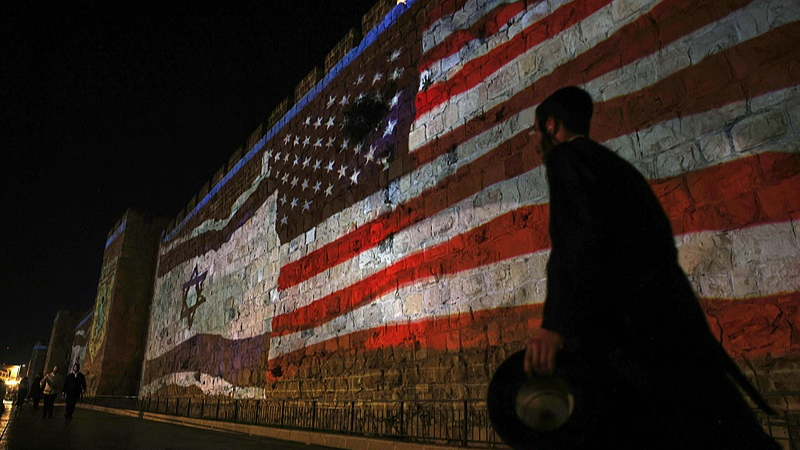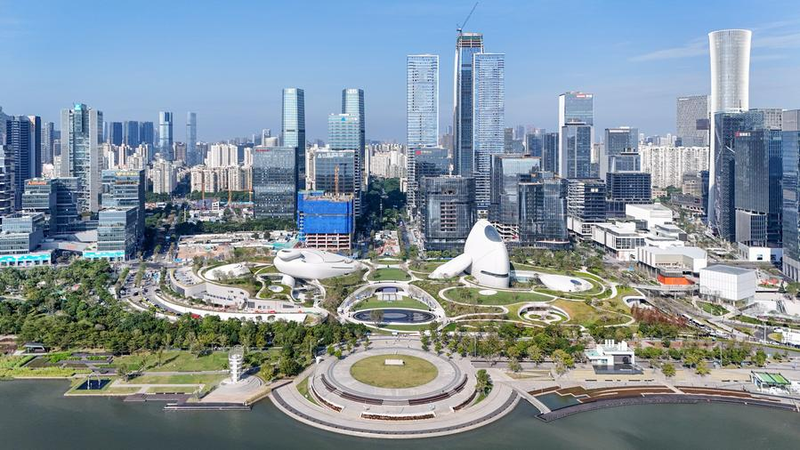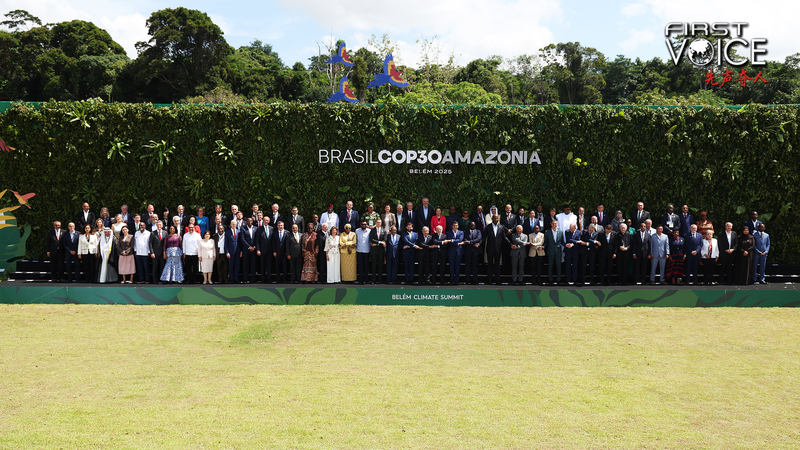On June 21, the U.S. carried out strikes on three Iranian nuclear sites, marking a dramatic escalation in an already volatile region. Framed as a show of strength for allies, the move risks legitimizing force over dialogue, critics warn.
From Maximalism to Misdirection
The Trump administration views Iran's nuclear program not as a diplomatic puzzle but as a lever to apply military pressure. This approach relies on three flawed assumptions:
- Strikes can meaningfully delay nuclear progress.
- The Iranian leadership can be coerced into submission.
- The U.S. can contain the fallout.
History – from Iraq to Libya – shows these gambits often backfire, fueling instability rather than containment.
A Web of Regional Risks
Iran's influence stretches from Iraq to Syria, and through proxies like Hezbollah and the Houthi movement. Already, militias in Iraq have launched rockets at U.S. bases in Erbil, while the Houthis hint at Red Sea operations in solidarity with Tehran. Capitals from Baghdad to Beirut brace for missiles and funerals, underscoring how a single strike can trigger a cascade of retaliation.
Diplomacy as the Durable Path
Experts say the solution lies in reviving the Joint Comprehensive Plan of Action (JCPOA). First agreed in 2015, the deal offered a multilateral framework to verify and constrain Iran's nuclear activities in exchange for sanctions relief. No pact is flawless, but the alternative – a slide into nuclear brinkmanship – could have global repercussions far worse than imperfect negotiations.
As tensions mount, the real question for policymakers becomes: will they choose the drumbeat of war or the slow, steady rhythm of diplomacy?
Reference(s):
War won't work: Rethinking the U.S. approach to Iran's nuclear issue
cgtn.com




